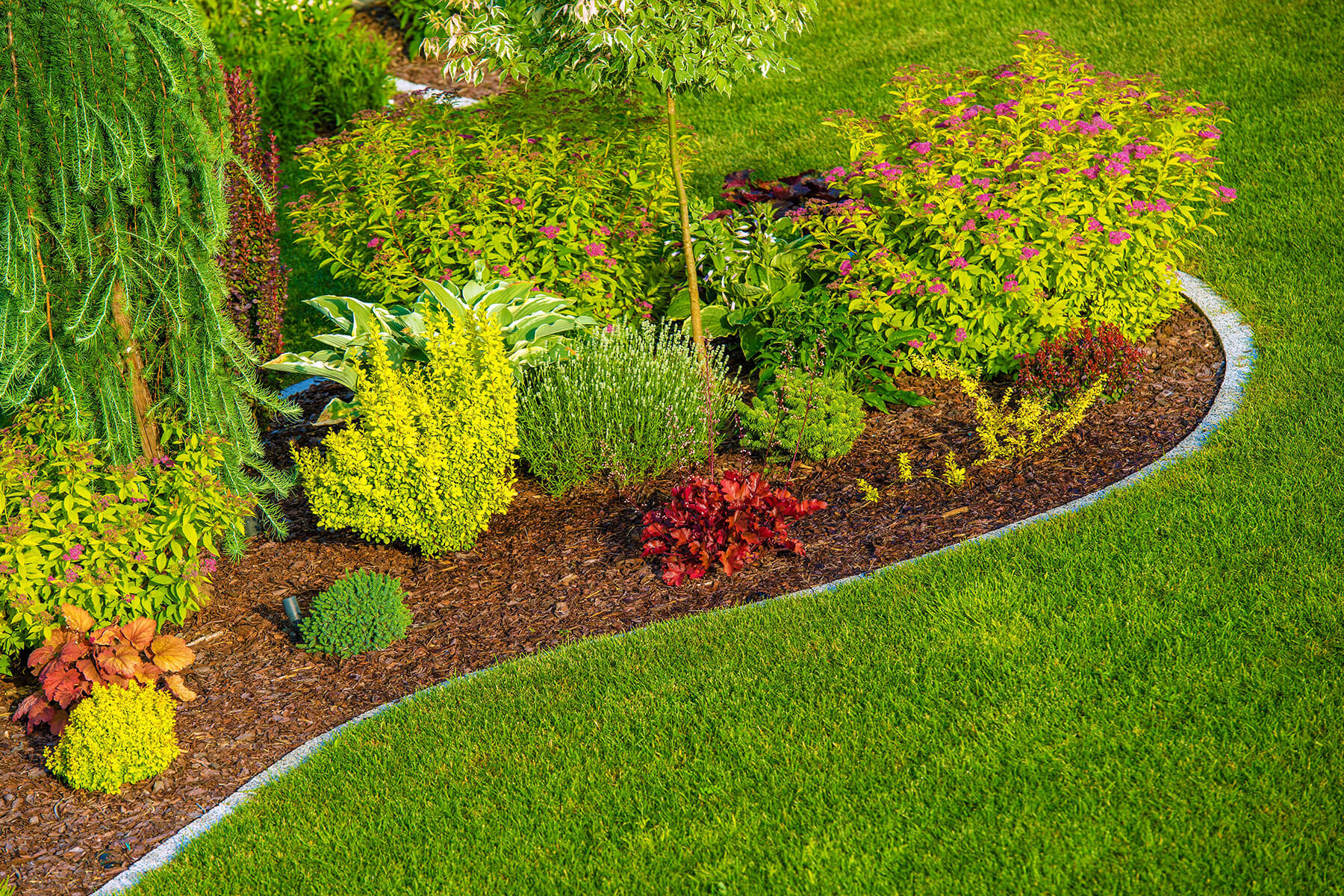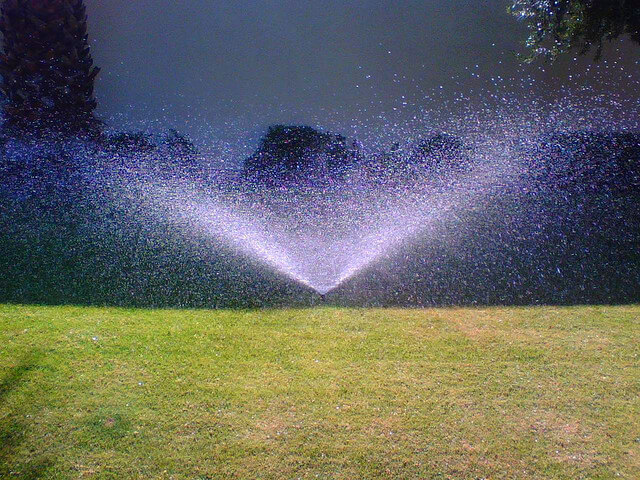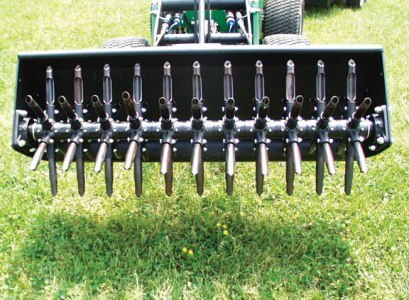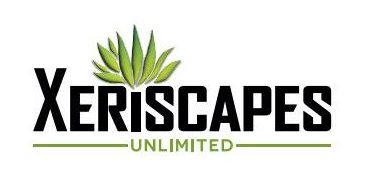
Lawn/Turf Care
All landscapes require some degree of care during the year.
Healthy turf requires an aeration program along with regular fertilization.
Keep grass height at proper mowing height for seasonal turf.
Allow the clippings to fall, if possible.

Water
It is important to water often enough to keep the grass green and healthy.
Depending on the time of the year, the amount could be up to a half inch per day.
Check local newspapers for accurate watering depth.
Before watering, make sure the lawn has had a chance to absorb the water.
If you note standing water, then reduce water time and water multiple times per day.
It is best to water in the morning hours to avoid mold and mildew.

Mowing
Proper mowing is important for more reasons than aesthetics.
Attention to height, tools, and technique is essential. Improper mowing can cause the grass to use more water, especially if it is cut too short.
To avoid this, be sure to mow at the proper height.
Heights range between one inch and two inches depending on the type of turf (see chart below).
Mower blades should be kept sharp and can be sharpened by a professional.
Alternating the direction the grass is mowed is also helpful so that lines are not created by the tires.
Type, Grass Height (inches)
- Common Bermuda grass 1 ½” – 2”
- Hybrid Bermuda grass ½” – 1”
- Perennial ryegrass 1 ½” – 2”
- Annual ryegrass 1 ½” – 2”

Dethatch
Thatch is the tightly intermingled layer of dead stems, leaves and roots that have accumulated under the turf.
Too much can restrict the movement of air, water, fertilizer and other materials that contribute to a healthy lawn.
The process of removing the thatch is done with machines known as vertical mowers, verticutters, dethatchers, or power rakes. They have vertical spinning blades which pull some of the material to the surface as they slice the thatch layer.
Dethatching can be tough on your lawn, so it is important to select the right time of year.
It is dependent on the type of grass you have as well as the climate.
Ideally, you should have 45 days of good growing conditions after you dethatch so the grass will easily recover without weeds taking over.
As a rule, late spring and early fall are the best times, however, it really depends upon the grass and if it grows during warm or cool weather.
The number of times to dethatch is dependent on the needs of the lawn.

Aerating
One of the keys or aspects necessary to keeping your turf healthy in the desert, aerating is truly the most overlooked, yet one of the most important.
There are two ways to aerate, and each provides a very different result.
The first technique is to simply poke holes in the ground to allow water and nutrients to penetrate the hard clay soils. This can be done using hand tools or shoes that can be purchased online, at a local nursery, or hardware store.
The second technique is to use a core aerating tool that actually removes a cylinder of soil to relieve compaction and pressure, which allows the soil to absorb nutrients and water over a shorter period of time.
Aeration should be done as needed.
The use of gypsum, soil sulfur, and related amendments also help soil compaction issues.
For more information, call us at (602) 252-6434 or email at info@xeriscapes.com.
